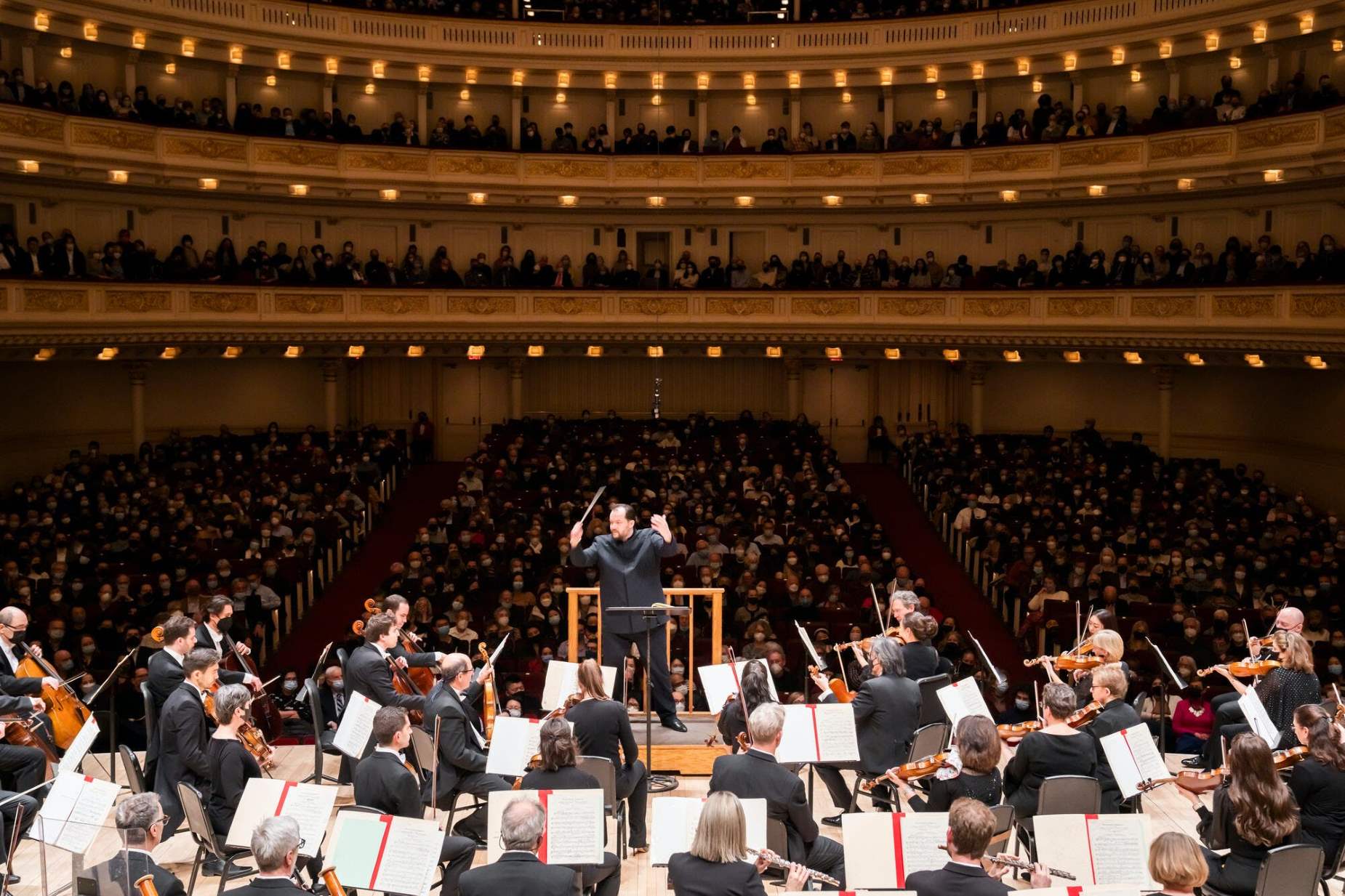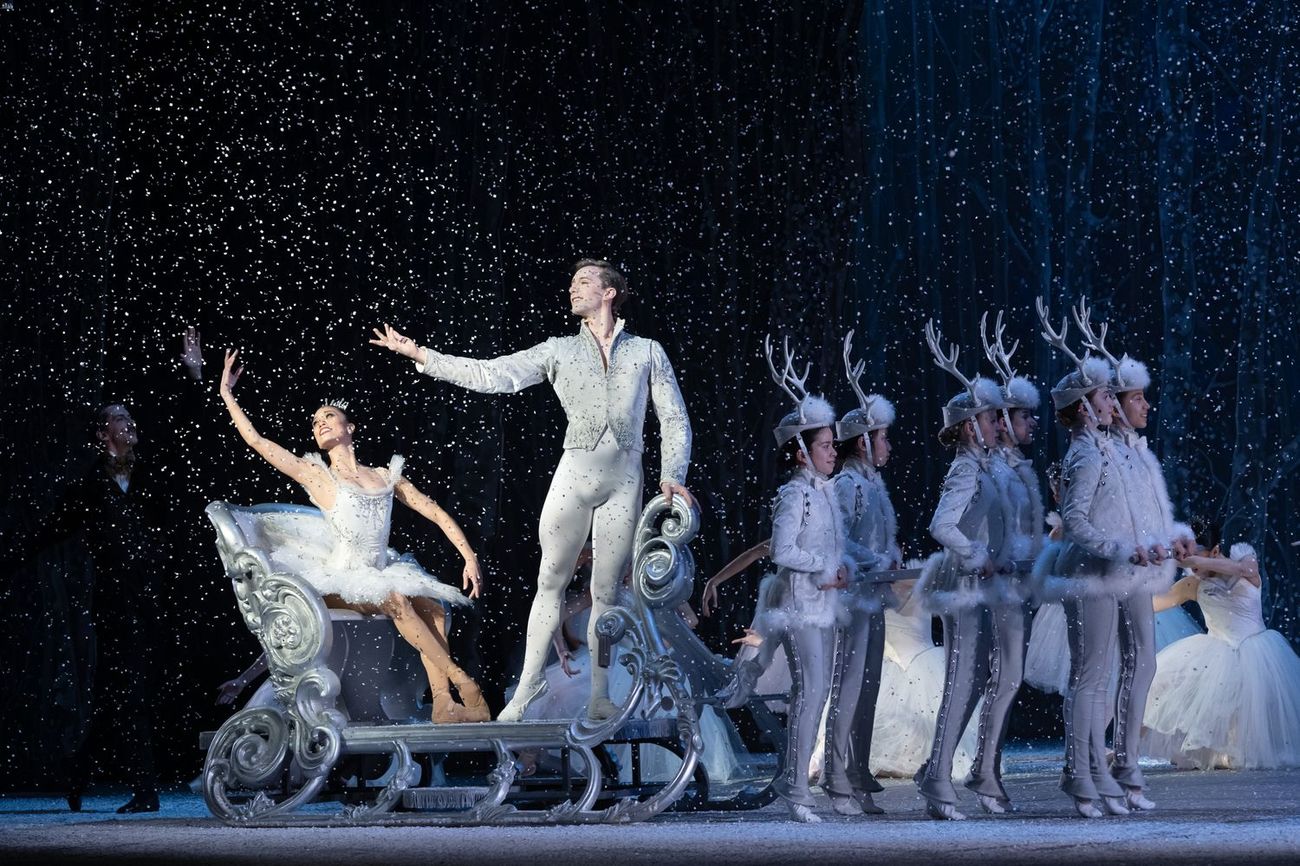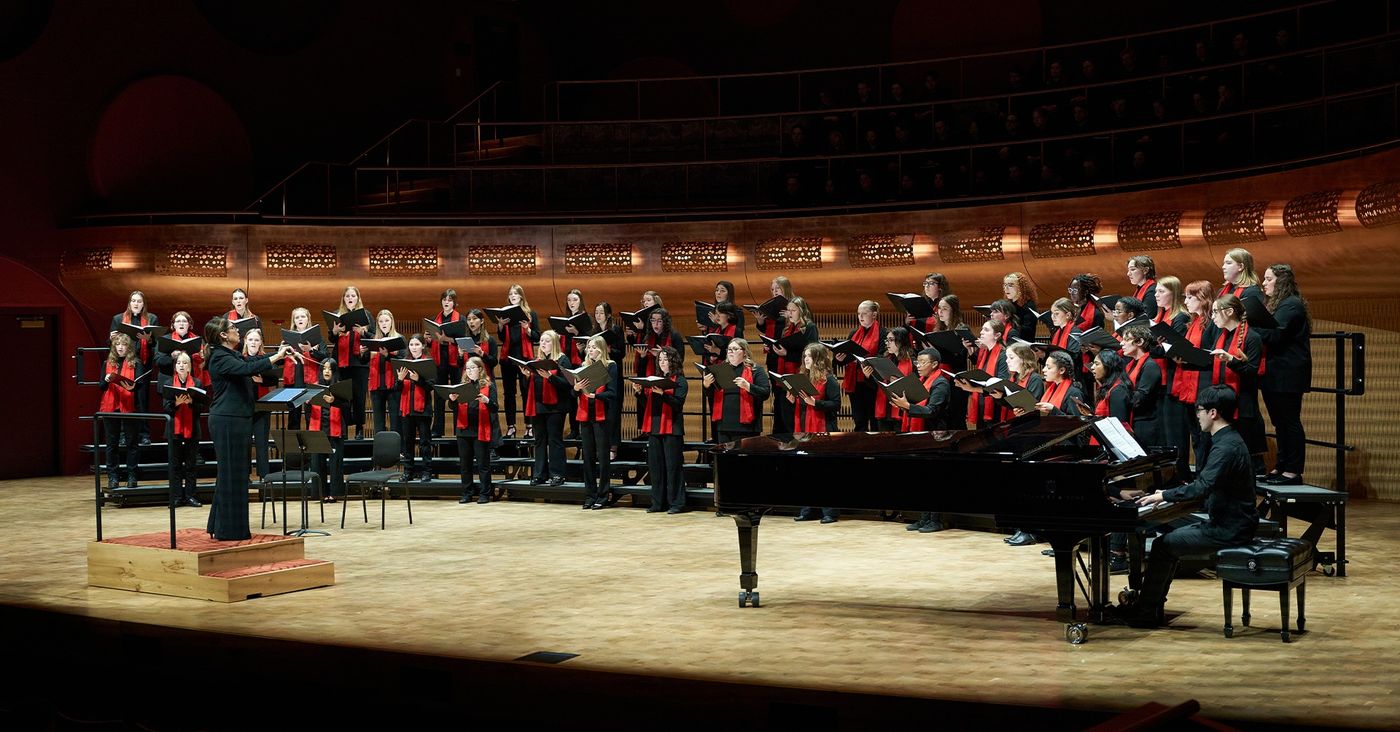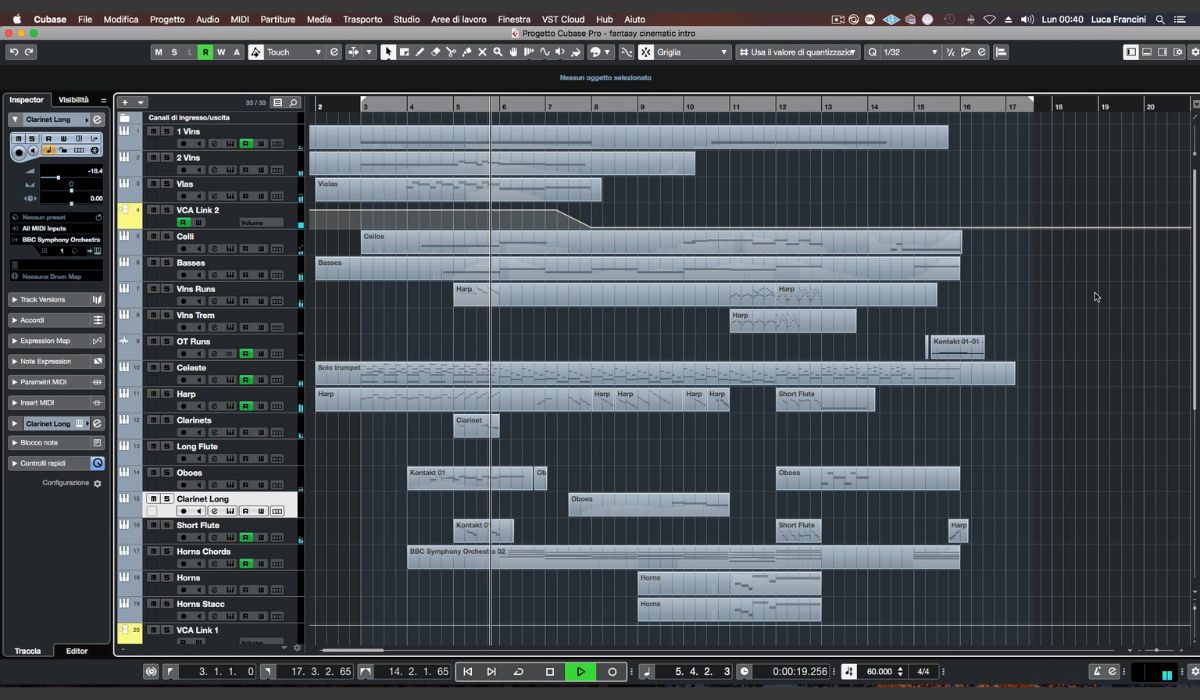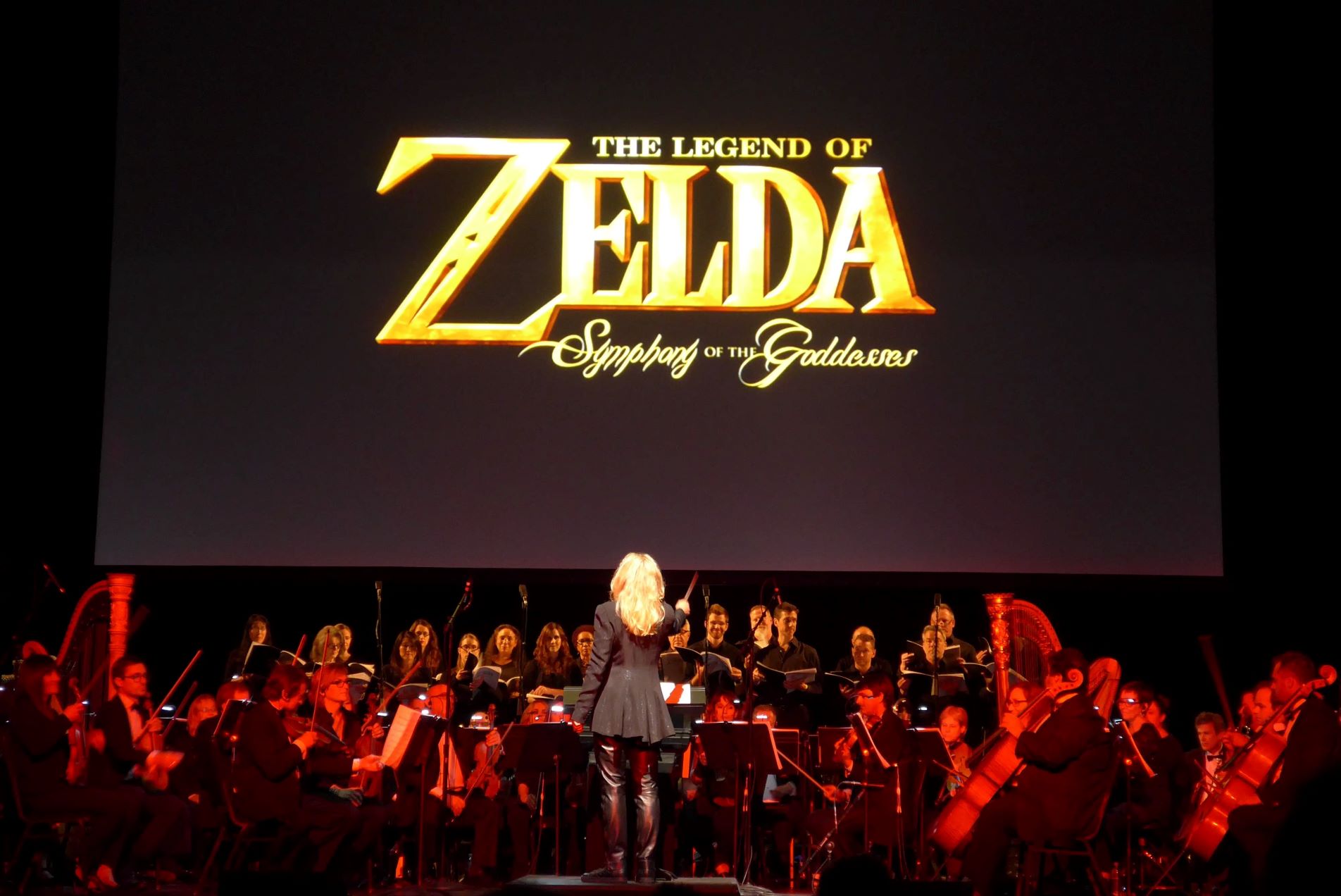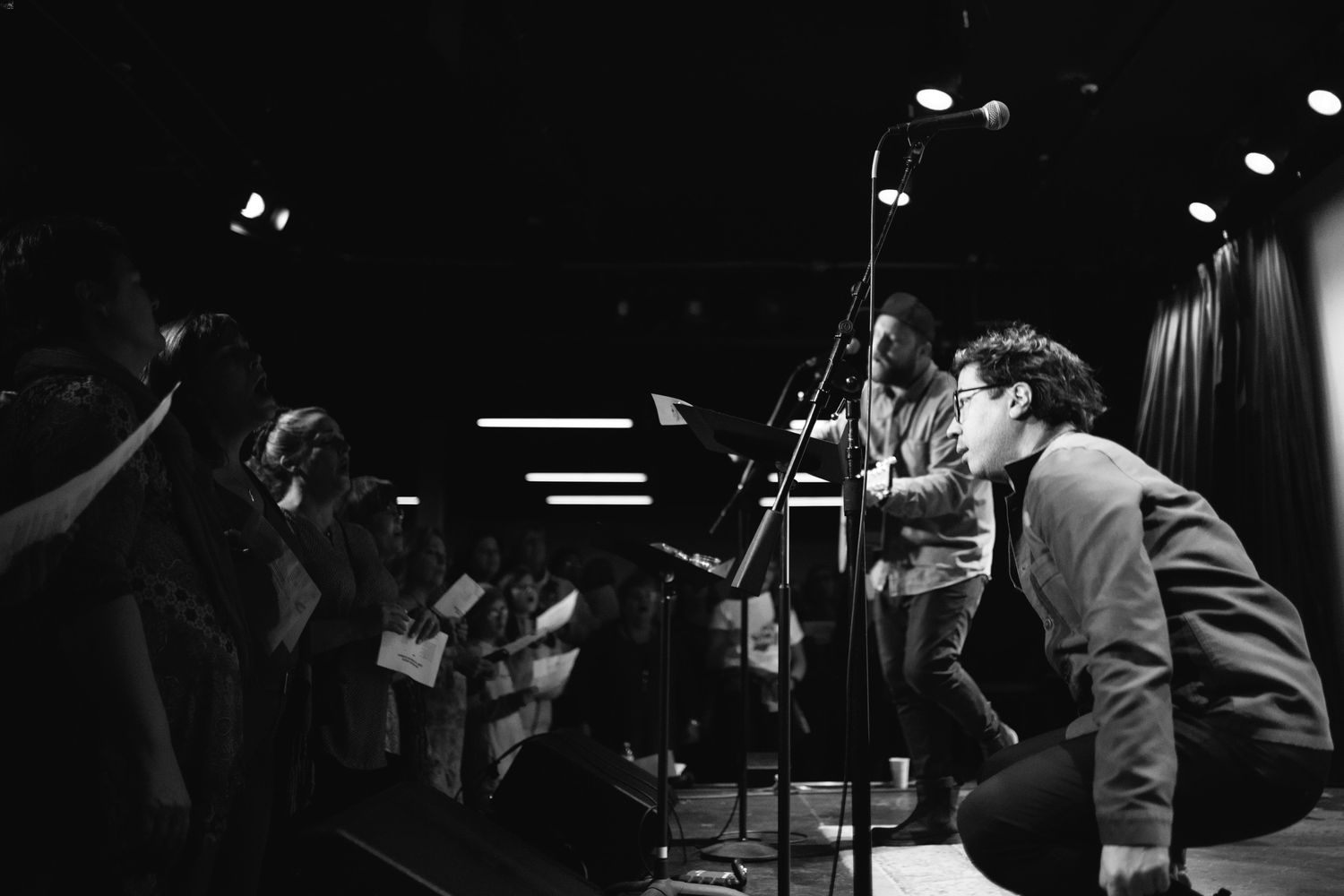Home>Genres>Symphony>How Long Are Boston Symphony Orchestra Concerts


Symphony
How Long Are Boston Symphony Orchestra Concerts
Modified: February 24, 2024
Discover the mesmerizing world of symphony with Boston Symphony Orchestra concerts. Immerse yourself in the exquisite melodies and captivating performances. Book your tickets now!
(Many of the links in this article redirect to a specific reviewed product. Your purchase of these products through affiliate links helps to generate commission for AudioLover.com, at no extra cost. Learn more)
Table of Contents
Introduction
The Boston Symphony Orchestra (BSO) is one of the world’s most renowned symphony orchestras, captivating audiences with their exceptional performances and artistic excellence. With a rich history dating back to its founding in 1881, the BSO has become a cultural pillar in the city of Boston, attracting both local patrons and visitors from around the globe.
When attending a BSO concert, one common question that arises is: how long are Boston Symphony Orchestra concerts? The length of a symphony concert can vary depending on several factors, including the repertoire being performed, the presence of intermissions, and any special events or collaborations. In this article, we will explore these factors and provide an in-depth understanding of the typical duration of a BSO concert.
Whether you’re a seasoned concert-goer or a first-time attendee, knowing the approximate duration of a Boston Symphony Orchestra performance can help in planning your evening and ensuring an enjoyable experience.
Overview of the Boston Symphony Orchestra
The Boston Symphony Orchestra is considered one of the “Big Five” orchestras in the United States, alongside the New York Philharmonic, the Philadelphia Orchestra, the Cleveland Orchestra, and the Chicago Symphony Orchestra. The BSO has gained international recognition for its exceptional musicianship, innovative programming, and commitment to musical excellence.
Founded in 1881, the BSO has had a long and illustrious history. It has been led by some of the most distinguished conductors in the world, including Serge Koussevitzky, Charles Munch, Erich Leinsdorf, Seiji Ozawa, and Andris Nelsons, who currently holds the position of Music Director. Through the years, the orchestra has performed in major venues around the world and has received numerous accolades for its recordings and live performances.
The BSO’s repertoire is diverse and encompasses a wide range of musical styles and periods. From classics by Beethoven, Mozart, and Tchaikovsky to contemporary works by living composers, the orchestra’s repertoire reflects a commitment to both preserving the rich heritage of classical music and exploring new artistic horizons.
With its home base at Symphony Hall in Boston, the BSO also undertakes regular national and international tours, showcasing its exceptional talent to audiences worldwide. In addition to its symphony concerts, the BSO presents a variety of other programs and initiatives, including chamber music performances, educational outreach activities, and collaborations with other artists and organizations.
With its esteemed status and a commitment to musical excellence, the Boston Symphony Orchestra has become a cultural icon not only in Boston but also in the wider musical world. Its performances continue to inspire and engage audiences, making the BSO a must-see for music enthusiasts and lovers of the arts.
Typical Concert Duration
The duration of a Boston Symphony Orchestra concert can vary depending on various factors, but a typical concert generally lasts around two to three hours. This includes the performance of multiple pieces from the orchestra’s repertoire, along with any intermissions that might be scheduled.
Orchestral performances are known for their ability to transport audiences on a musical journey. They often consist of multiple movements or sections, each showcasing different aspects of the music and allowing the orchestra to demonstrate their technical prowess and interpretive skills.
The length of each individual piece can vary greatly. Some compositions, such as symphonies, concertos, or overtures, can be quite lengthy and may span several movements. On the other hand, shorter compositions like preludes or dances can be performed as standalone pieces or as part of a larger program.
Additionally, the BSO sometimes includes featured guest soloists who perform alongside the orchestra. These solo performances can add an extra dimension to the concert experience and typically take place in the middle of the program.
It is important to note that while the average concert duration may fall within the two to three-hour range, the actual time can vary. Some concerts, particularly those featuring extensive repertoire or special events, may run longer, often approaching three and a half hours.
On the other hand, certain concerts might be shorter, especially if they focus on a specific theme or feature a reduced program. These shorter concerts, known as “matinee performances,” are often scheduled in the afternoon and offer a condensed version of a typical evening program.
Ultimately, the duration of a Boston Symphony Orchestra concert is carefully curated to provide an immersive and captivating musical experience for the audience. The orchestra strives to strike a balance between showcasing a diverse repertoire and maintaining an engaging and enjoyable overall length.
Factors Affecting Concert Length
Several factors can influence the duration of a Boston Symphony Orchestra concert. Understanding these factors can help concert-goers plan their evening and provide insight into the intricacies of programming and performance.
- Repertoire Selection: One of the primary factors that determine the length of a concert is the repertoire being performed. Depending on the complexity and length of the pieces, the concert duration can vary. Symphonies, which often comprise multiple movements, tend to be longer in duration compared to shorter compositions like overtures, preludes, or chamber works.
- Guest Artists and Soloists: When featuring renowned guest artists or soloists, their performances are usually incorporated into the concert program. These solo performances can add extra time to the overall duration, as the artist showcases their talent and performs specific compositions with the accompaniment of the orchestra.
- Special Events and Collaborations: The inclusion of special events, collaborations, or unique programming can affect the duration of a concert. For example, if the concert includes an additional performance by a guest ensemble or features a multimedia presentation, it may lead to a longer overall duration.
- Concerto Performances: Concertos, which typically showcase a solo instrument with orchestral accompaniment, can contribute to the length of a concert. These performances require additional time to showcase the virtuosity of the soloist and explore the interplay between the solo instrument and the orchestra.
- Intermissions: Many concert programs include one or more intermissions, providing the audience with a break in between different sections of the performance. These intermissions allow for refreshments, restroom breaks, and an opportunity to reflect on the music. The length and number of intermissions can impact the overall duration of the concert.
It’s worth noting that while the Boston Symphony Orchestra aims to provide a captivating and immersive musical experience, they also consider the comfort and enjoyment of the audience. Striking a balance between a satisfying program length and the attention span of the attendees is essential in curating a memorable concert experience.
By carefully considering these factors and incorporating them into the planning and programming of their concerts, the Boston Symphony Orchestra provides a diverse and engaging repertoire while maintaining a reasonable duration that ensures maximum enjoyment for all attendees.
Repertoire and Programming Choices
The repertoire and programming choices of the Boston Symphony Orchestra play a significant role in shaping the duration and overall experience of their concerts. The ensemble’s commitment to presenting a diverse range of musical styles and periods ensures that each performance offers a unique and enriching experience for the audience.
The BSO’s repertoire spans centuries of classical music, covering a wide array of composers and musical genres. Their programming choices often include works by legendary composers such as Beethoven, Mozart, Bach, and Tchaikovsky, as well as contemporary works by living composers. This eclectic mix allows the orchestra to showcase both the timeless masterpieces of the past and the innovative creations of today.
The selection of repertoire for a concert is carefully curated to provide a cohesive and engaging program. Orchestral works, symphonies, concertos, and overtures are commonly featured, showcasing the exceptional talent and artistry of the ensemble. These pieces are carefully chosen for their musical complexity, emotional depth, and ability to captivate the audience.
Programming decisions are driven by a variety of factors, including thematic connections, historical significance, or the desire to introduce audiences to lesser-known works. By carefully crafting the program, the BSO seeks to create a rich and immersive experience that transports the audience through different musical landscapes.
Concerts often follow a specific structure, beginning with an opening piece or overture that sets the mood for the evening. This is typically followed by one or more symphonies or orchestral compositions. In some cases, the concert may include a concerto performance, featuring a guest soloist, who performs a virtuosic composition alongside the orchestra. The concert then concludes with a powerful and memorable finale piece.
In addition to the main repertoire, the BSO occasionally incorporates other elements into their programming. This can include commissioned works from contemporary composers, world premieres, or collaborations with other artists and ensembles. These special events deepen the artistic experience, offering unique moments of musical exploration and innovation.
Throughout the season, the BSO presents a carefully curated selection of concerts, ensuring a varied and exciting program for all audiences. Whether it’s a celebration of a particular composer, an exploration of a specific era, or a thematic connection between multiple pieces, the repertoire and programming choices of the Boston Symphony Orchestra contribute to the creation of memorable and engaging concert experiences.
Intermissions
Intermissions are a common feature in Boston Symphony Orchestra concerts, providing a break in the performance and allowing the audience to relax, reflect, and prepare for the next portion of the program. These intervals not only serve practical purposes but also enhance the overall concert experience.
Intermissions typically occur between different sections of the performance, providing an opportunity for the audience to stretch their legs, visit restrooms, and grab refreshments. Symphony Hall, the BSO’s esteemed home venue, offers various amenities during intermissions, including concession stands where attendees can purchase beverages, snacks, and merchandise related to the orchestra or the featured compositions.
While the specific duration of the intermissions can vary, they usually last around 15 to 20 minutes. This time frame allows for a sufficient break without prolonging the overall concert length excessively. It also ensures that the audience has ample time to tend to their needs and socialize while maintaining the momentum and flow of the performance.
Intermissions play a crucial role in allowing the audience to process and absorb the music they have just experienced. They provide an opportunity for reflection and discussion among concert-goers, fostering a sense of community and shared appreciation for the art form. It is during these breaks that attendees often engage in conversations about the performances, composers, and the orchestra itself, further enriching their concert experience.
Additionally, intermissions give the musicians a chance to reset and prepare for the next portion of the concert. The intricate nature of orchestral performances requires the musicians to maintain a high level of concentration and stamina. The intermission allows them a moment of respite, enabling them to recharge and deliver optimal performances throughout the evening.
While intermissions are a regular part of most Boston Symphony Orchestra concerts, it is important to note that some programs may be presented without an intermission. These “no intermission” concerts, often referred to as “one-hour” or “rush hour” concerts, are designed to provide a condensed and immersive musical experience for audiences with limited time. In these cases, the performance seamlessly transitions from one piece to another without a formal break.
Intermissions are an essential component of the concert experience, offering attendees both practical and immersive benefits. They provide an opportunity for relaxation, socialization, reflection, and anticipation, enriching the overall enjoyment of a Boston Symphony Orchestra performance.
Special Events and Collaborations
In addition to their regular concert programming, the Boston Symphony Orchestra (BSO) often includes special events and collaborations, adding a unique and exciting dimension to their performances. These special occasions provide opportunities for the orchestra to showcase their versatility, collaborate with esteemed artists and ensembles, and explore innovative and groundbreaking musical experiences.
Special events can take various forms, ranging from thematic concerts to commemorative performances and celebratory showcases. For example, the BSO might organize a concert series dedicated to a specific composer or musical era, allowing audiences to delve deeply into the works of a particular artist and gain a comprehensive understanding of their musical contributions.
Collaborations with guest artists and ensembles are another highlight of the BSO’s special events. These collaborative performances often feature world-renowned soloists, chamber musicians, vocalists, or even dance companies. By collaborating with exceptional talents from various disciplines, the orchestra is able to create unique and interdisciplinary artistic experiences that transcend traditional boundaries.
Furthermore, the BSO occasionally presents special thematic or multimedia performances that combine music with visual elements, narration, or theatrical elements. These multimedia presentations enhance the audience’s engagement by immersing them in a multi-sensory experience that goes beyond the auditory realm.
One notable annual event is the Boston Pops Fireworks Spectacular, a collaboration between the BSO and the Boston Pops Orchestra, which takes place on the iconic Esplanade on July 4th. This free concert attracts thousands of spectators, featuring a vibrant blend of patriotic music, special guest appearances, and a magnificent fireworks display, creating a truly memorable celebration of Independence Day.
Various other collaborations and special events occur throughout the BSO’s concert season, presenting unique opportunities to explore diverse musical genres, cultural traditions, and artistic visions. These events not only enrich the orchestra’s musical offerings but also help cultivate new audiences and broaden the horizons of existing patrons.
Special projects and unique collaborations often require extensive planning and coordination. They are carefully crafted to align with the artistic vision of both the orchestra and the collaborating parties, resulting in performances that are rich in creativity and innovation.
By incorporating special events and collaborations into their programming, the Boston Symphony Orchestra continues to push the boundaries of classical music and engage audiences in exciting and unparalleled musical experiences.
Conclusion
Attending a Boston Symphony Orchestra concert is an experience that captivates the senses and transports audiences into the magical world of classical music. From the moment the first note sounds to the final applause, every aspect, from the repertoire selection to the duration and special events, is carefully curated to create a truly memorable and engaging concert experience.
The duration of a Boston Symphony Orchestra concert typically ranges from two to three hours, encompassing a variety of compositions that showcase the ensemble’s exceptional talent and artistry. Factors such as repertoire selection, guest artist performances, intermissions, and special events influence the overall length of the performance.
Throughout its illustrious history, the BSO has gained worldwide acclaim for its commitment to musical excellence, innovative programming, and collaborations with esteemed artists and ensembles. By featuring a diverse range of repertoire, including classical masterpieces and contemporary works, the orchestra cultivates an immersive and enriching musical experience for the audience.
Intermissions provide a welcome break for both the concert-goers and the musicians, allowing for moments of reflection, refreshment, and preparation for the next portion of the program. These intervals also foster a sense of community among attendees, as they engage in discussions and share their appreciation for the music and the experience.
Furthermore, the Boston Symphony Orchestra’s special events and collaborations add a unique dimension to their concerts, offering exceptional performances, interdisciplinary experiences, and thematic showcases that push the boundaries of classical music. These special occasions contribute to the orchestra’s reputation as a leader in the field and attract a wide range of audiences.
In conclusion, a Boston Symphony Orchestra concert is an extraordinary musical journey that showcases the orchestra’s artistry, highlights the beauty of the repertoire, and creates a profound connection with the audience. The duration, repertoire selection, intermissions, and special events all play a pivotal role in delivering an exceptional concert experience that leaves a lasting impact on all who attend.


